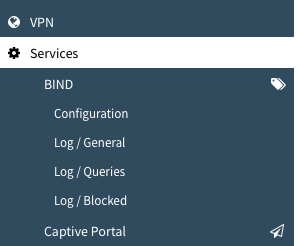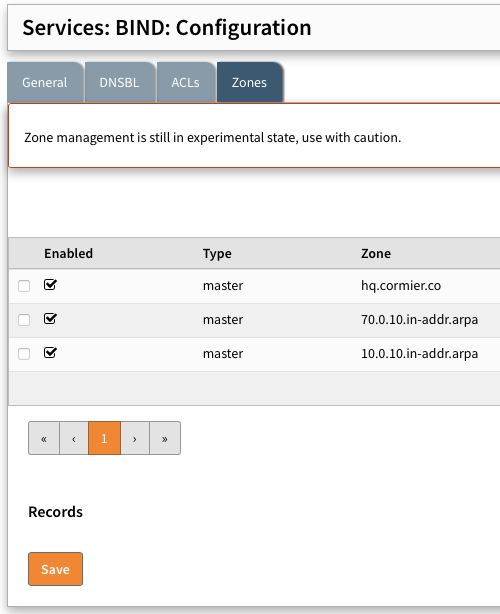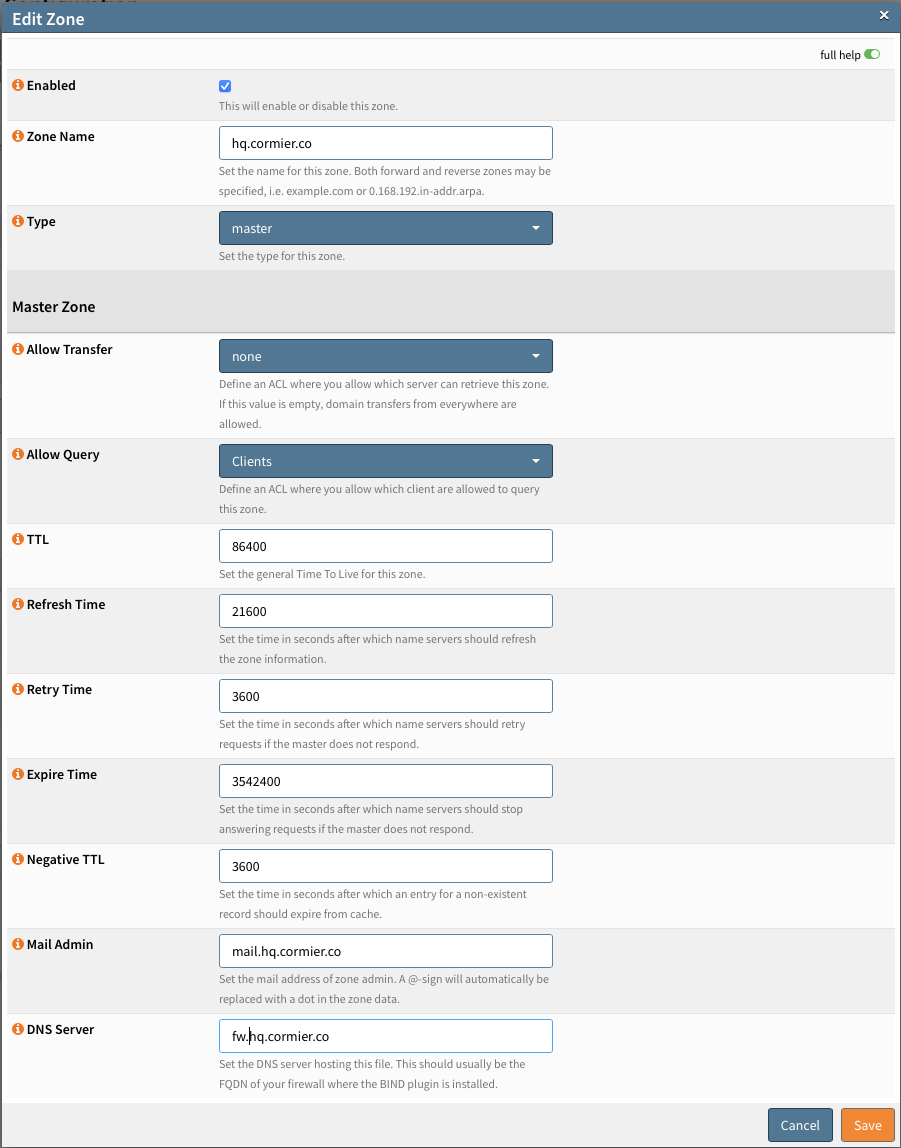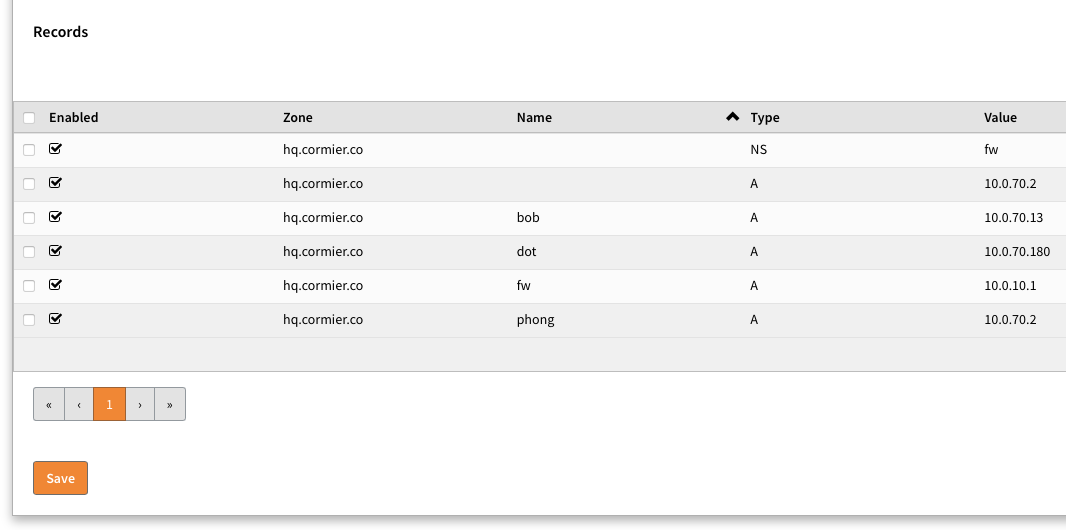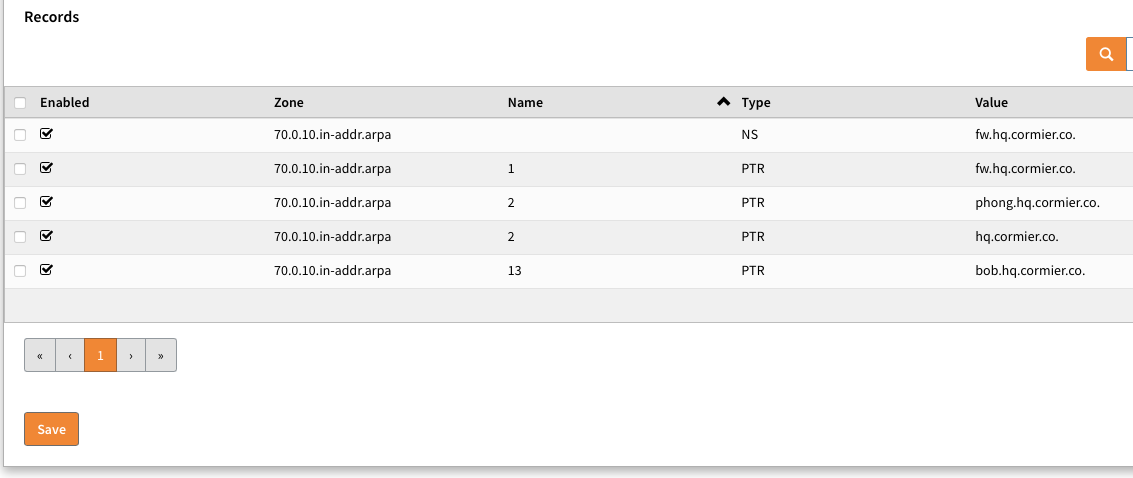Pi-hole Group Madness
If you been using the wonderful Pi-hole DNS, and adding your domains to groups to organize them, because why not, right? But, only to find out that those domain rules aren’t being honoured. The thing is this is by design.
Groups
In order to get the domain filters in your Groups to behave, you need to add the Domain filter, Client (more on this later), and the Ad List to the same group. Once this is done, those domain rules should work.
- Create new group
- Assign Ad List to the new group (only need to be done once)
- Create domain rule and assign to new group
- Add your client to the new group
Tips
You can assign clients to a Group by creating a “client” for the entire network, subnet, or all clients off a specific interface (:eth0). Examples:
- :eth0
- 10.0.0.0/24
- 10.0.0.2
- 12:34:56:78:9A:BC
Note that clients by IP (incl. subnet ranges) are preferred over MAC, hostname or interface recognittion. MAC recognition works for devices at most one network hop away from your Pi-hole.
I went with the interface option. All clients off the Pi-hole interface eth0 are assigned to my groups, you can imagine a Pi-hole server with multiple clients like this to manage how clients are assigned to groups.
Leaving just the Ad List and Domain filter to manual assignment to groups.

